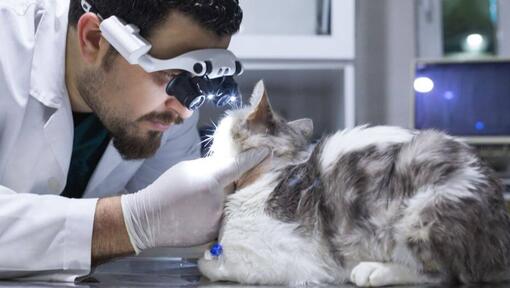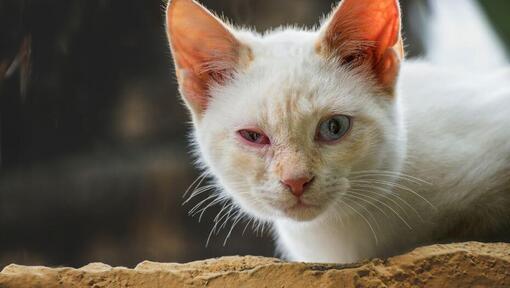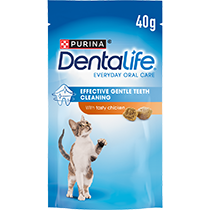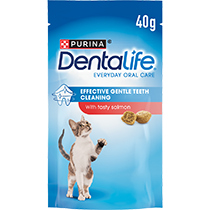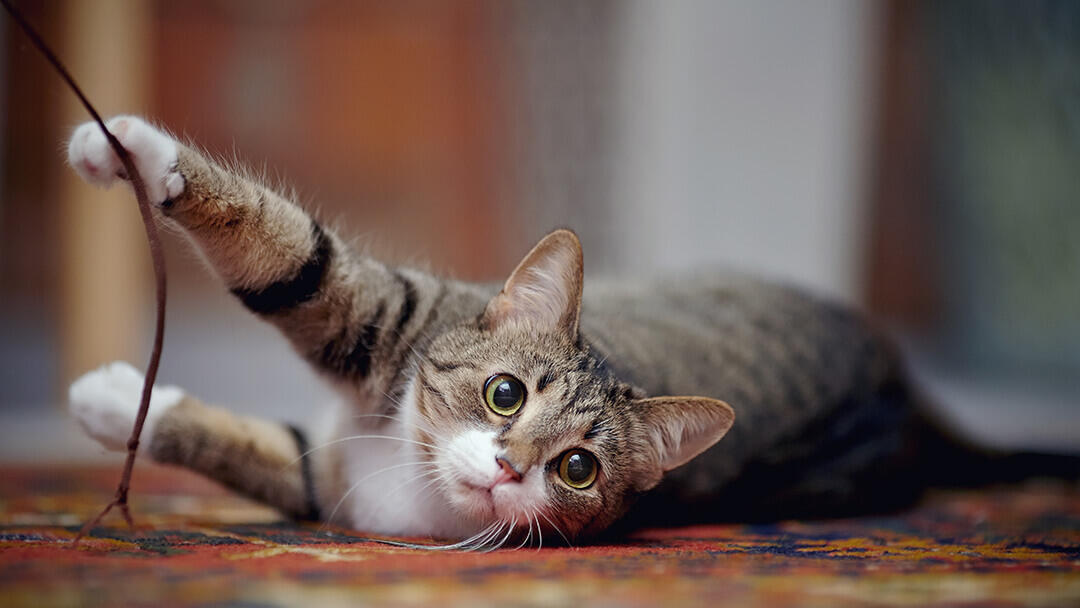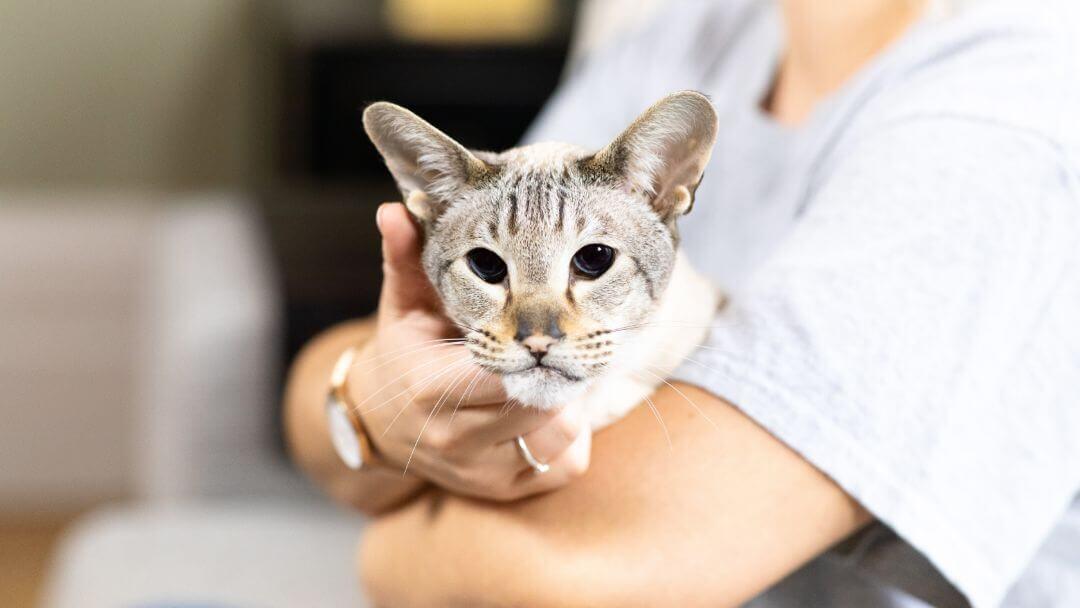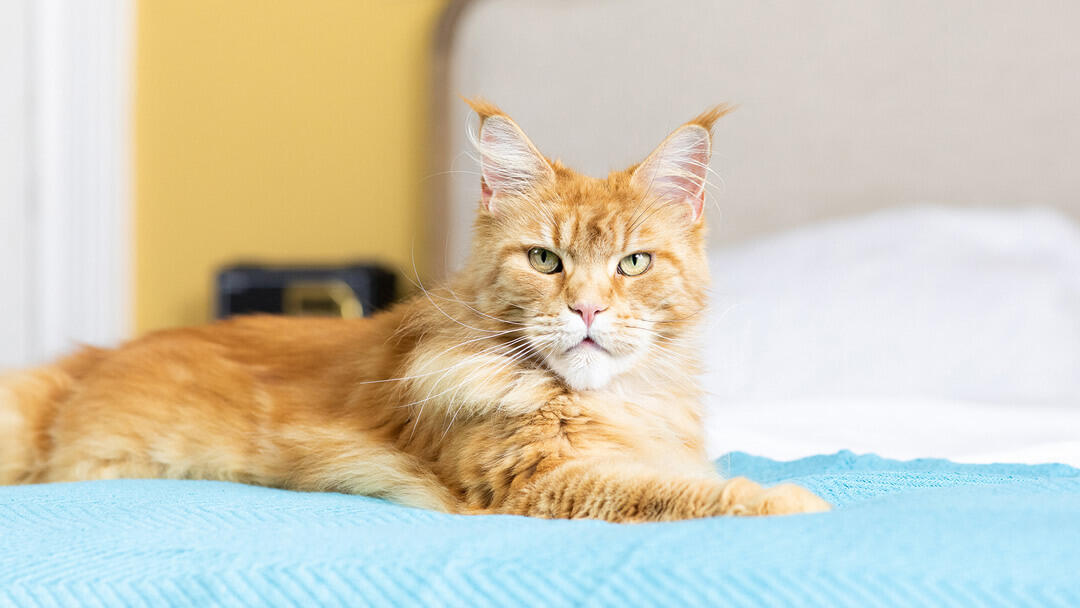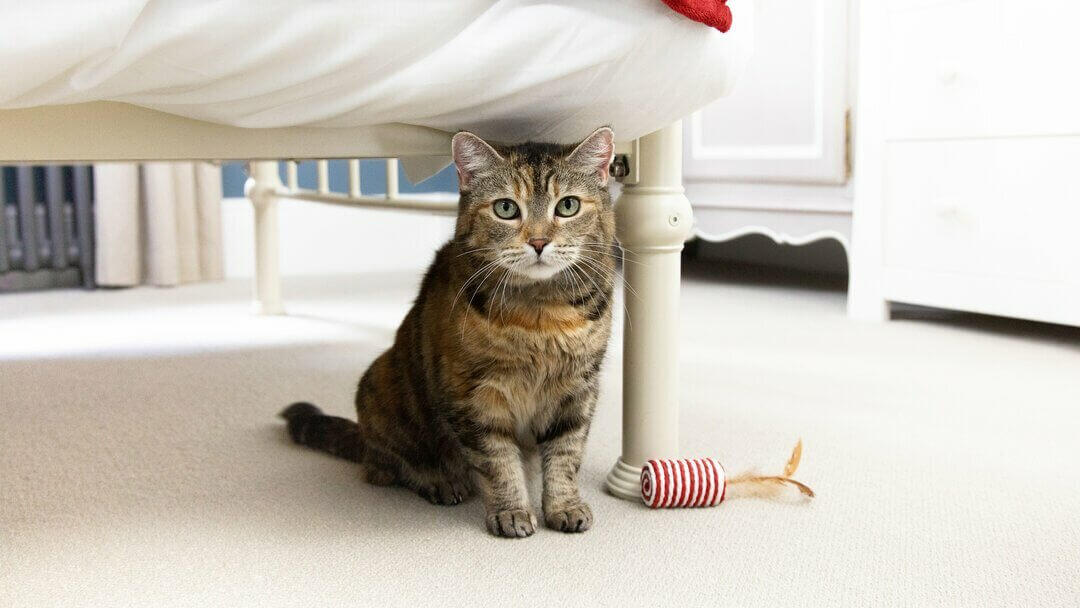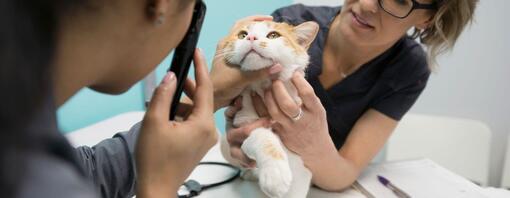
Have you noticed your cat pawing at their eye which, all of a sudden, has become red and swollen? Your feline friend might suffer from cat conjunctivitis. Find out what it means, what’s causing it and what you can do to help this uncomfortable eye condition go away.
If you’ve just discovered your cat has a sore-looking eye or they are trying to rub their eye with their paw, on furniture or along the floor, chances are your pet is suffering from a case of cat conjunctivitis. While you’re waiting for your vet appointment, find out more about this eye condition and what to expect when you visit the vets.
What is cat conjunctivitis?
Cat conjunctivitis is the inflammation of the conjunctiva, which is the thin membrane on the inside of the eyelids and white part of the eye. The inflammation will cause the conjunctiva to become red and swollen and the eye might water or have some discharge. Cat conjunctivitis can be either infectious, when caused by viruses or bacteria, or non-infectious when something gets into the eye and irritates it. The inflammation can appear in one eye or both eyes at the same time.
If your cat has conjunctivitis, you may catch them pawing at the affected eye or constantly blinking and squinting, because the condition is uncomfortable. Arranging a trip at the vet is the best thing to do for a speedy recovery.
What causes cat eye infection?
Infectious cat conjunctivitis can be caused by a range of viruses, with Feline Herpesvirus one of the most common. Bacteria such as Chlamydophila can also cause an eye infection as part of an upper tract respiratory infection, so cat sniffles and sneezes might accompany the appearance of the red or watery eye.
In both cases the cat eye infection can spread to other felines, so if there are any cats nearby, you may want to keep their interactions with the poorly cat to a minimum. Your vet may wish to see all the cats in your household. Make sure you wash your hands after checking on your cat’s eye and if possible try to keep them in separate rooms for the duration of the cat conjunctivitis flare-up.
What causes non-infectious cat conjunctivitis?
Non-infectious cat conjunctivitis is usually caused by irritants in the cat’s environment. Even something as little as a speck of dust finding its way into your cat’s eye can be enough to trigger a reaction. Anything able to irritate the eye is a possible risk – mould, air fresheners and even shampoo can cause eye redness. Other possible causes include trauma to the eye like bumping it on something, or even contact with certain plants can trigger allergic conjunctivitis.
Understanding what has caused your cat’s conjunctivitis can help with the treatment, which is why a prompt visit to the vet is important.
How is cat conjunctivitis diagnosed?
If your cat seems to be in pain, the vet might start by using anaesthetic eye drops to numb the area before inspecting it for foreign bodies, scratches or wounds. Sometimes a green dye might be applied which, when illuminated with a bright blue light, can show where the eye problem originated.
Your cat’s medical history will also help in diagnosing the symptoms as some cases of infectious cat conjunctivitis may be recurrent, with flare-ups on a regular basis.
Cat conjunctivitis treatments
The treatment usually involves applying eye drops for a few days in a row or even a couple of weeks, depending on how serious the condition is. These might be antibiotic eye drops to fight a bacterial cat conjunctivitis or soothing eye drops to help a non-infectious case heal faster.
Giving a cat eye drops is often a team endeavour needing the participation of another family member. While they’re keeping the cat still with the head slightly tilted upwards you will need to gently open their eyelids and place the eye drops. If you need help you can also check out the International Cat Care useful videos showing how to examine a cat’s eye.
Some cats are calmer than others, so you might get away with holding the cat yourself on your lap, keeping the eye open with one hand while applying the medication with the other. Don’t forget to reward your brave cat with hugs and treats afterwards.
Depending on the underlying cause, other possible treatments for cat conjunctivitis might include antiviral medication, antibiotics in the form of pills or eye ointments.
Preventing cat conjunctivitis
Keeping up to date with cat vaccinations, especially those for feline herpes virus, can help reduce the risk of cat conjunctivitis. According to the PDSA, cat flu is a common cause for conjunctivitis in cats, so make sure you don’t miss the cat flu vaccination deadline.
If your cat is enthusiastic when playing or exercising, try to remove any sharp objects that could cause trauma. But be aware that usually the main culprit are the cat claws themselves.
Stress can also contribute to recurring episodes of viral cat conjunctivitis. The immune system is usually the first one to react when a cat is stressed. Weak defences means that fighting viruses such as feline herpesvirus just became more difficult for your feline friend.
If you’ve got a young kitten in the family, a good idea is to wipe their eyelashes with a warm cloth to keep dust particles at bay.
Is cat conjunctivitis contagious to humans?
The chances are very low for the viruses and bacteria responsible for cat conjunctivitis to be transmitted to humans. Regardless, you should still be mindful of some basic rules of hygiene such as washing your hands when petting your poorly cat until they recover.
Can a cat go blind from conjunctivitis?
Although cat conjunctivitis varies in terms of severity from mild cases to serious instances of cat eye infection, blindness is generally a very rare consequence for this type of condition. However, don’t delay contacting your vet if you notice any of the symptoms of cat conjunctivitis.
Discover more cat symptoms to watch out for and make sure you’ve got a healthy and happy cat by using this useful monthly cat health checklist to see if everything is well.
With the outbreak of Coronavirus many owners wonder how to best take care of their cat during this uncertain time. We've answered the most frequently asked questions about Coronavirus and pets here.



